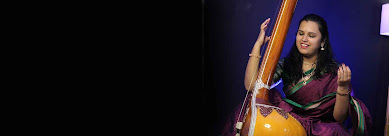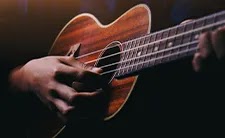Learn Tradition and Technique Through Carnatic Music Classes
These classes typically begin with fundamental lessons such as swara (notes), raga (melody), and tala (rhythm). As students progress, they explore compositions by the Trinity of Carnatic music—Tyagaraja, Muthuswami Dikshitar, and Shyama Shastri—each with its own unique style and emotional depth.
Learning Carnatic music is not just about vocal ability or instrumental skill; it’s also about understanding the structure behind the art. Most Carnatic music classes include a blend of vocal exercises, rhythm training, and even language pronunciation to enhance lyrical clarity, especially in compositions written in Sanskrit, Telugu, or Tamil.
One of the major advantages of joining these classes today is the availability of both in-person and online options. Students can choose to learn from traditional music schools or attend live virtual classes guided by experienced teachers. This flexibility allows learners of all age groups to benefit, whether they're absolute beginners or have prior musical experience.
Regular practice, teacher feedback, and exposure to classical concerts or peer learning circles also help strengthen musical understanding over time. Some programs may also align with music exam boards or offer certifications for students who wish to pursue music more formally.
Choosing Carnatic music classes is a rewarding way to preserve classical heritage while building a lifelong skill. It’s not just a musical training—it's a journey into the heart of a rich cultural tradition.



Comments
Post a Comment